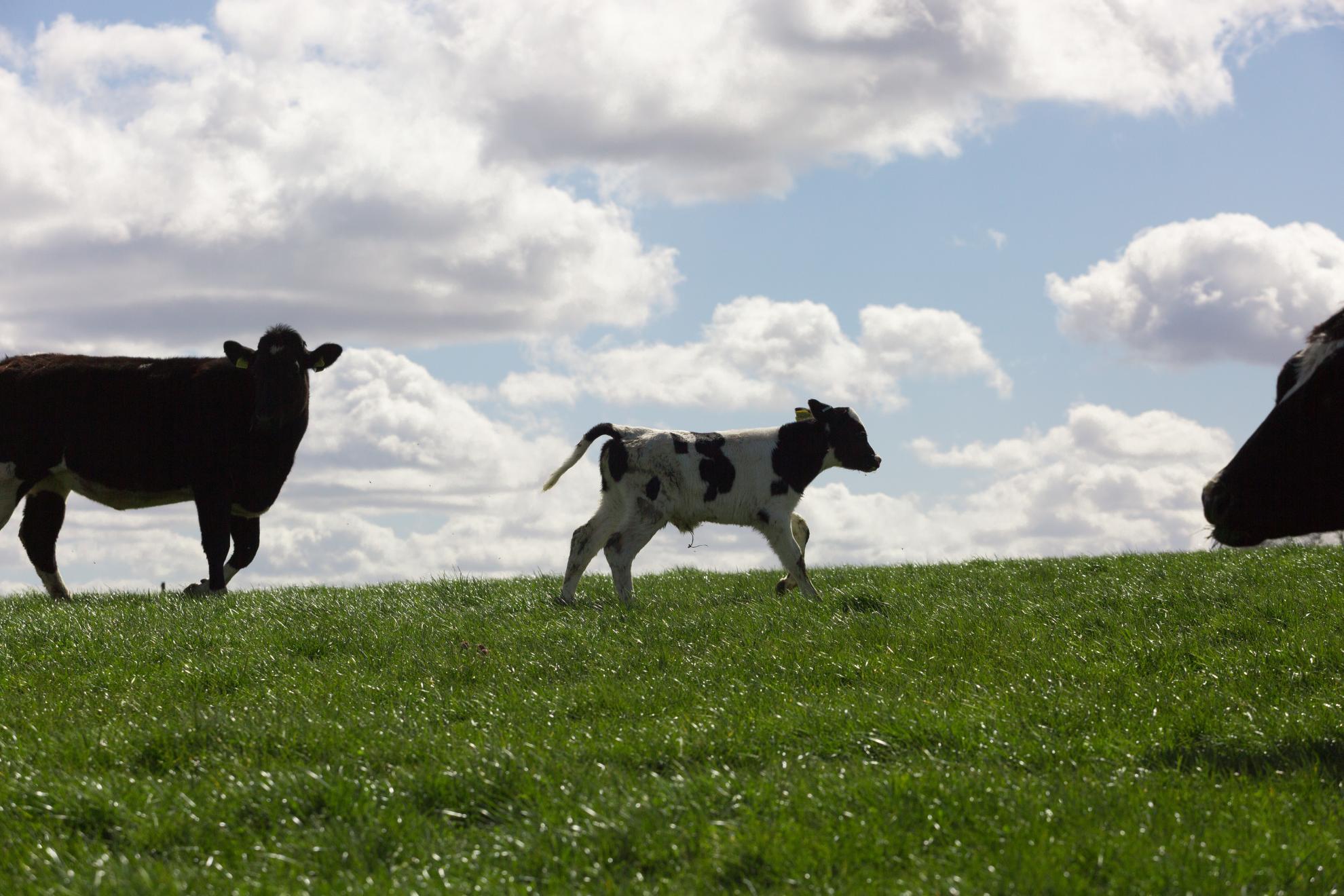The assembly and characterisation of two structurally distinct cattle MHC class I haplotypes point to the mechanisms driving diversity
In cattle, there are six classical MHC class I genes that are variably present between different haplotypes. Almost all known haplotypes contain between one and three genes, with an allele of Gene 2 present on the vast majority. However, very little is known about the sequence and therefore structure and evolutionary history of this genomic region. To address this, we have refined the MHC class I region in the Hereford cattle genome assembly and sequenced a complete A14 haplotype from a homozygous Holstein. Comparison of the two haplotypes revealed extensive variation within the MHC class Ia region, but not within the flanking regions, with each gene contained within a conserved 63- to 68-kb sequence block. This variable region appears to have undergone block gene duplication and likely deletion at regular breakpoints, suggestive of a site-specific mechanism. Phylogenetic analysis using complete gene sequences provided evidence of allelic diversification via gene conversion, with breakpoints between each of the extracellular domains that were associated with high guanine-cytosine (GC) content. Advancing our knowledge of cattle MHC class I evolution will help inform investigations of cattle genetic diversity and disease resistance.
Back to publications
